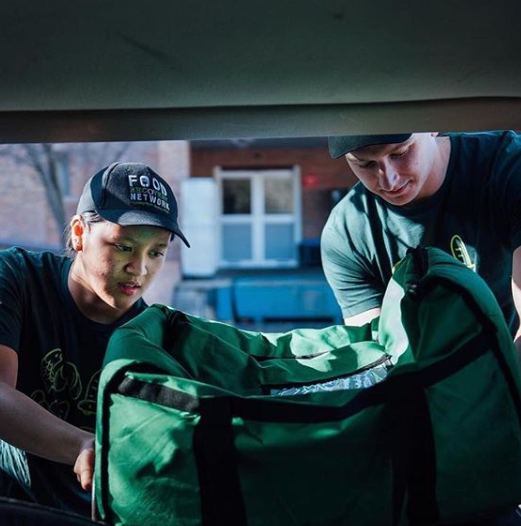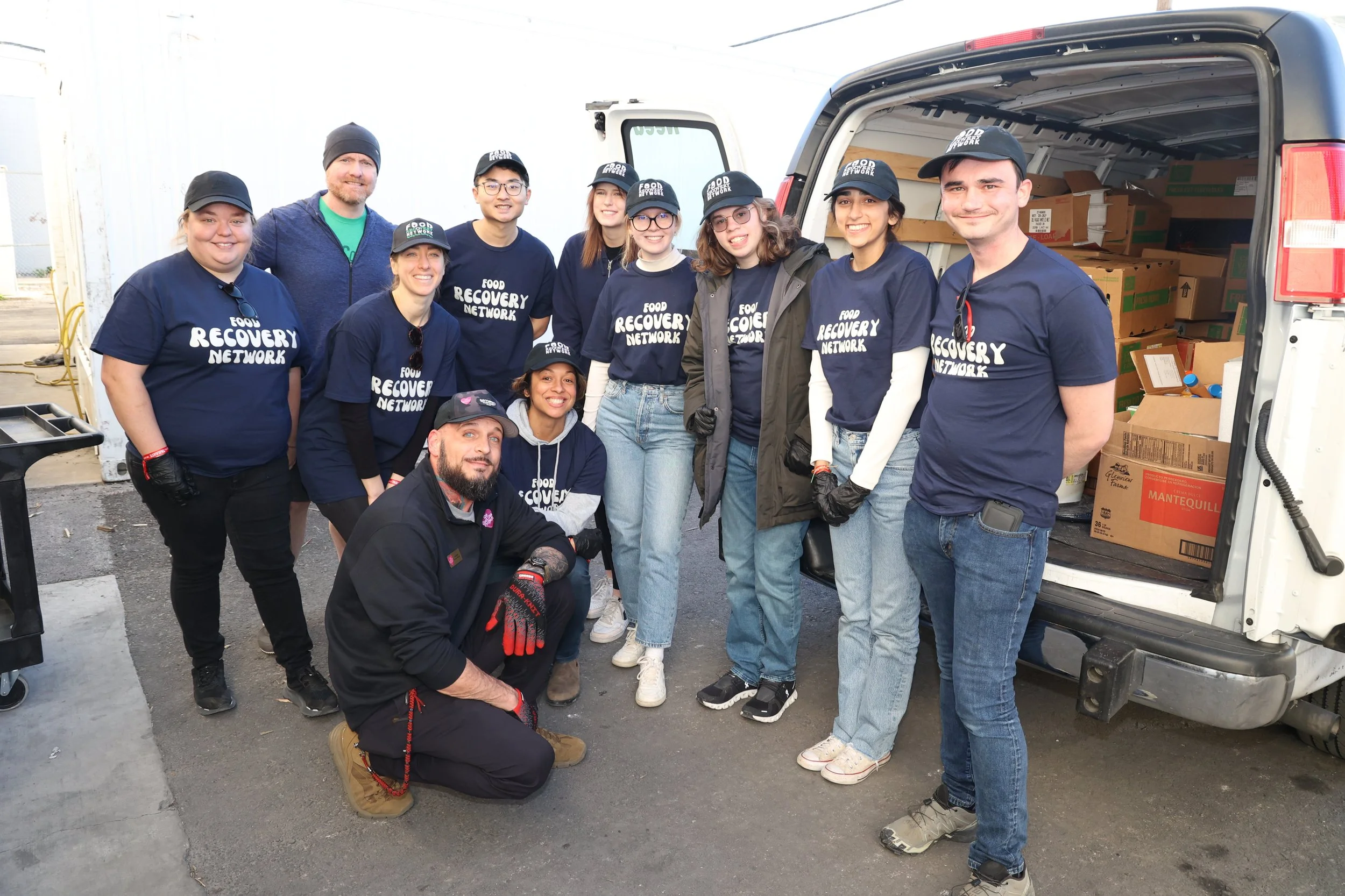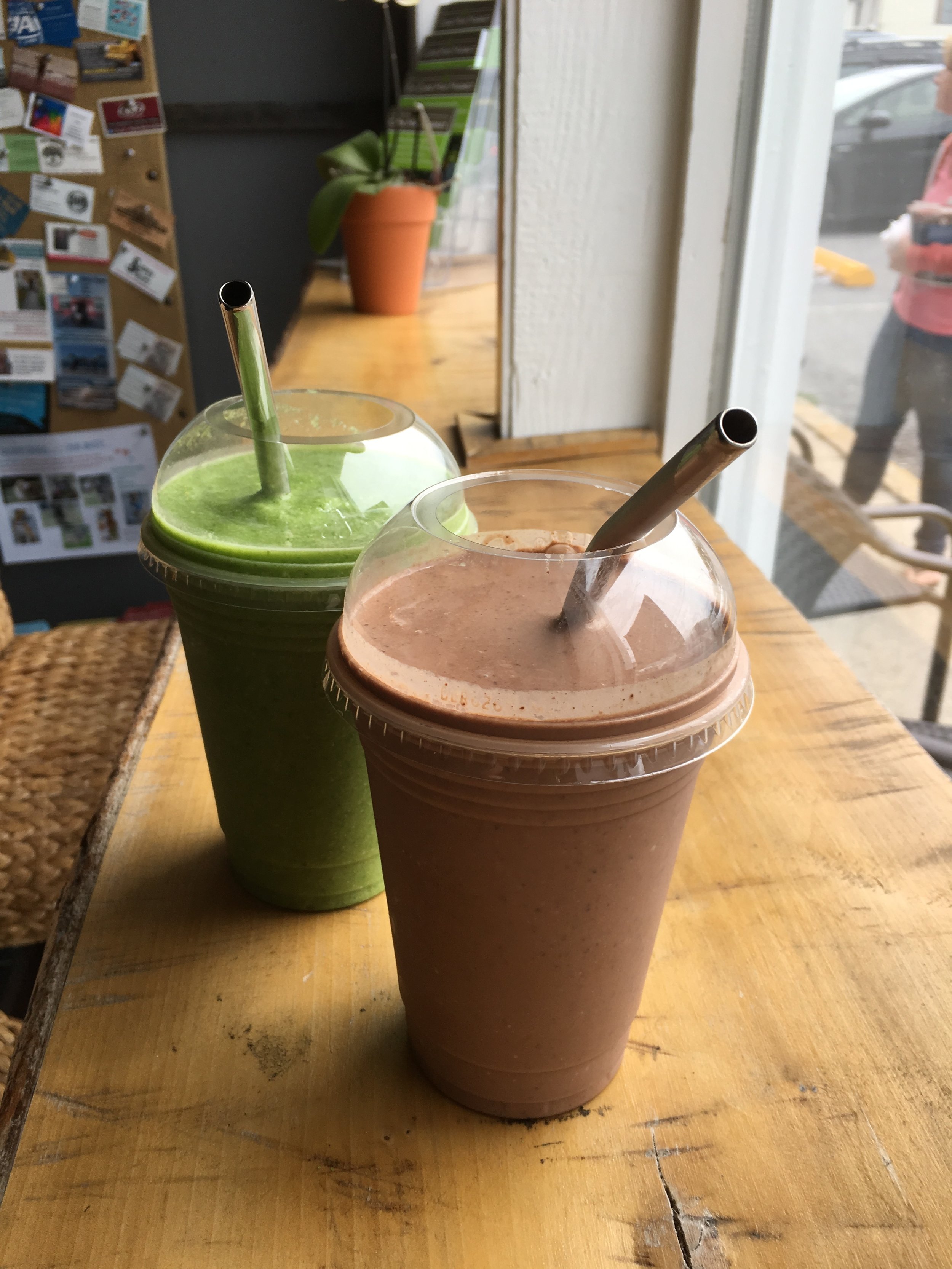Imagine the largest grocery store you’ve ever been in. Now multiply that by five. I feel confident saying the Summer Fancy Food Show (FFS) is bigger than whatever you’re imagining. The FFS is the “largest specialty food industry trade event in North America,” according to Specialty Food Association’s website. Thousands of vendors put their foods on display, hoping to connect with the next home for their products, while thousands of industry folk walk the aisles of the expo, sampling foods, contemplating what to bring into their kitchens or stores. I’d say it was like a kid in a candy store, but that’s pretty much where I was - except exchange lollipops for olives and chocolate bars, for, well, fancier chocolate bars.
Thanks to our partners at the Specialty Food Foundation, Regina Northouse (FRN’s Executive Director) and I were able to experience a foodie’s dream come true. Want to sample some smoked cheddar or smooth brie? Sure, you can find it behind the giant wall of (plastic) cheese wheels. Feeling sluggish after hours of processing all the stimuli? No problem, there are at least fifteen coffee companies throughout the expo. Everywhere you looked, there was food and beverage for the tasting.
Though the expo is an international affair, Regina and I spent most of our time exploring the national brands. We met Andrew Cates, Co-founder of RayZyn, a snack company from Napa Valley. He asked if we liked wine - we do. If asked if we like raisins - we do. Then he handed us each a raisin that tasted like Cabernet. It was delicious, not alcoholic and apparently full of antioxidants, like 90 mg more than pomegranates. Who knew.
As we passed Mike’s Hot Honey stand, an enthusiastic man started raving about the honey. He asked for samples like it was all he needed in the world to be happy. Regina and I laughed, before deciding we too wanted a sample. Turns out, Enthusiastic Man was a friend of the company’s, but he wasn’t wrong about how delicious the chili pepper-infused honey was.
Those were just two of the highlights of the many, many people we got to meet together. Regina saw the FFS all the way through to the end, where she witnessed hundreds of City Harvest volunteers go through the expo and collect perishable and nonperishable food from the vendors. Because of this massive recovery, the FFS was Food Recovery Verified. “It was so inspiring to see all of these small and medium sized companies from literally all over the world who wanted to ensure their amazing products weren’t tossed out at the end of the event--but given to those in need. The recovery process was something to behold!”
We’re looking forward to the Winter Fancy Food Show, discussing food recovery with vendors and seeing the tasty things we tried in our local stores.







